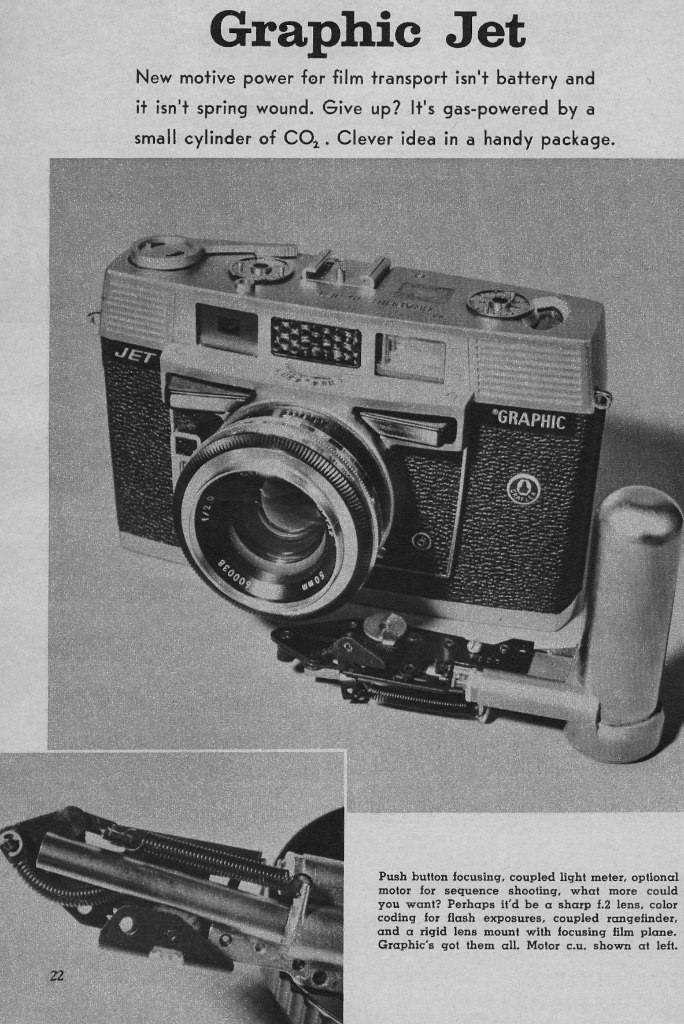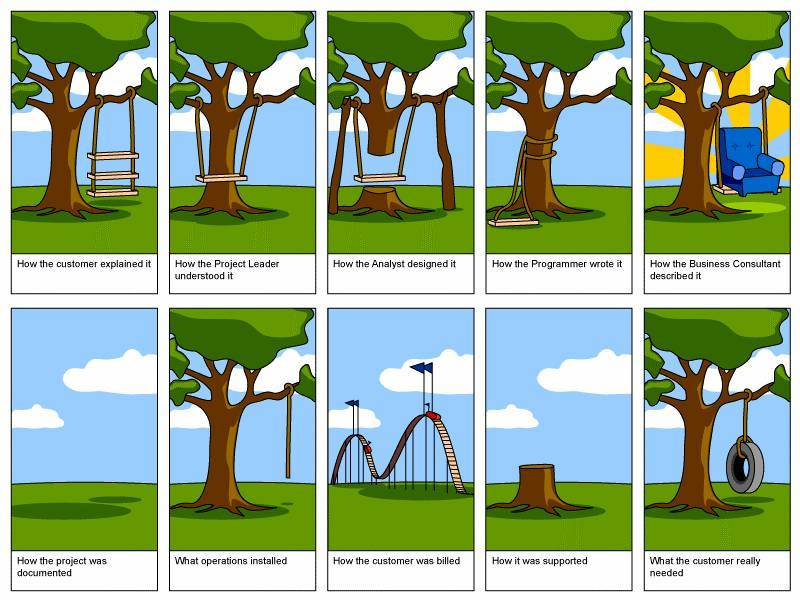I note that Zeiss Ikon have rated several mentions, so far—but are all their products really that bad? I don't pretend to be an expert, but did acquire two Contaflexes recently. Super Bs at that. Both needed cleaning to get the shutters and apertures functioning correctly, but then responded by springing back into life, perfectly. What I have seen of the insides looks pretty well made, there's certainly nothing wrong with Compur's shutter assembly, or the Zeiss lenses, the meters of both are working well, and the Super B viewfinder is fantastic. By the standards of the day, the flash sync capabilities offered real advantages to those who valued this feature, in comparison to the performance of period focal plane shutters, and leaf shutters were generally well regarded as being proven, and reliable, mechanisms. Similar circumstances applied to the two Bessamatics I've purchased in the last 18 months. A little TLC and they've swallowed 30+ films between them, with no problems of consequence.
Personally, I don't much care how complicated a camera is as long as it is reliable and works. A 500 series Hasselblad, for example, is a more complex camera, but they do not exactly have a reputation for unreliability... does that automatically make their complexity a problem? Certainly, the Super Bs do not have an excellent reputation for reliability nowadays, however I suspect that has more to do with the fact that most are now pushing fifty years old and need a CLA—hardly the designers fault, or necessarily an inherent weakness.
What do others think? Is complexity an evil in camera design, in and of itself, or only, if it fails to deliver what is expected of it?
Brett



